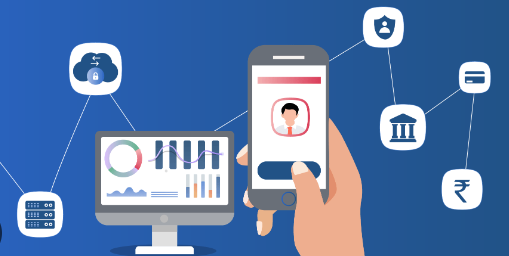Steps to Get Started with an RBI Approved Account Aggregator

In today’s digital economy, managing finances across multiple accounts can be a daunting task. Enter the RBI approved Account Aggregator (AA) framework, designed to simplify and secure the process of sharing financial data between different service providers. This blog will guide you through the essential steps to get started with an RBI approved Account Aggregator. 1. Understand the Account Aggregator Framework To commence, it is necessary to comprehend the definition of an Account Aggregator approved by the RBI. An AA is a financial organization that is governed by the Reserve Bank of India (RBI) and is intended to facilitate safe, consolidated access to and sharing of financial data for both people and enterprises. Users can combine their financial data from multiple sources, such as banks, mutual funds, and insurance companies, into a single platform by using the AA framework. With this framework, you can be sure that your data is shared only with permission and that securi...
